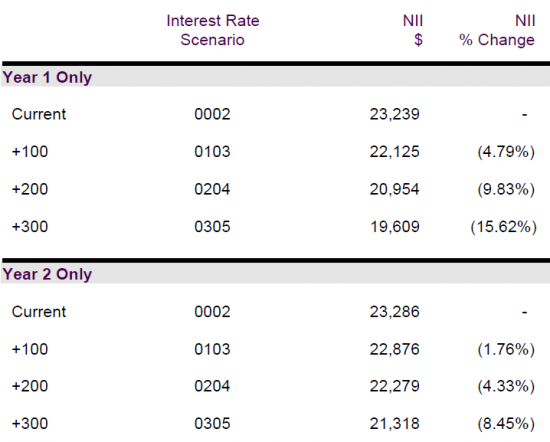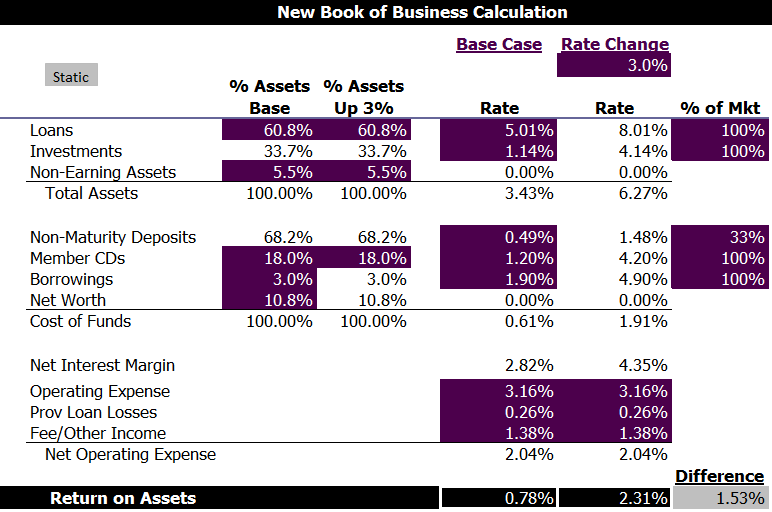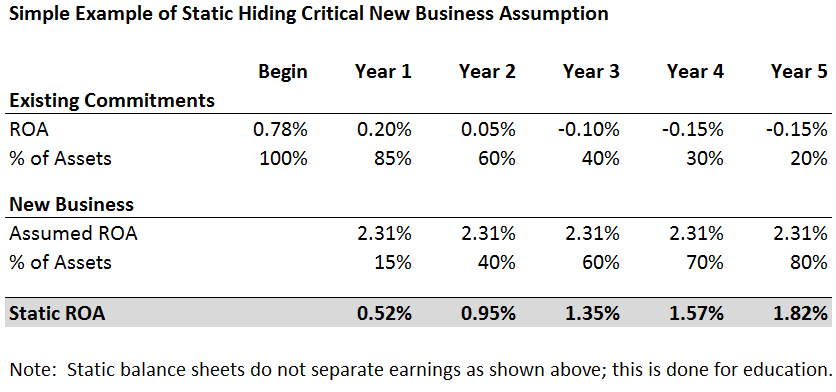Observations from ALM Model Validations: For the Real Assumptions, Go to the Source
Do the assumptions outlined in your ALM model’s assumption summary line up with what is actually being utilized to calculate the results? In performing model validations, we have seen numerous instances in which there were discrepancies between reported assumptions and what was used in the actual reporting. This situation creates unnecessary challenges and makes it difficult for credit union staff or examiners to evaluate the reasonableness of the assumptions being utilized. Additionally, it can become much more difficult to understand the results and the changes in results.
For example, in one validation the deposit maturity assumptions actually used in the simulation were roughly 2x as long as the assumptions reported in the assumptions summary report. In another validation, the assumed rate changes (betas) on deposits were different than reported in the summary pages.
Mistakes can happen but it is important to identify issues and correct them as quickly as possible. One of the best ways to do this is to go right to the source. If you do not have reports directly from the model that detail exactly which assumptions are being utilized, you should work with your ALM provider to receive them with each simulation. It is good to check the summary information against the model at least annually and any time there are changes in assumption methodology. Seeing what is actually in the model provides better oversight and helps to avoid the risk of someone unintentionally entering something incorrectly in a summary.




